Few have missed the story of Cinderella returning home too late and turning into a pumpkin, alas, the 1967 Glycine SST creation became one for a very different reason. It’s glorious orange 24 hour turning inner chapter, left collectors with few other naming options.
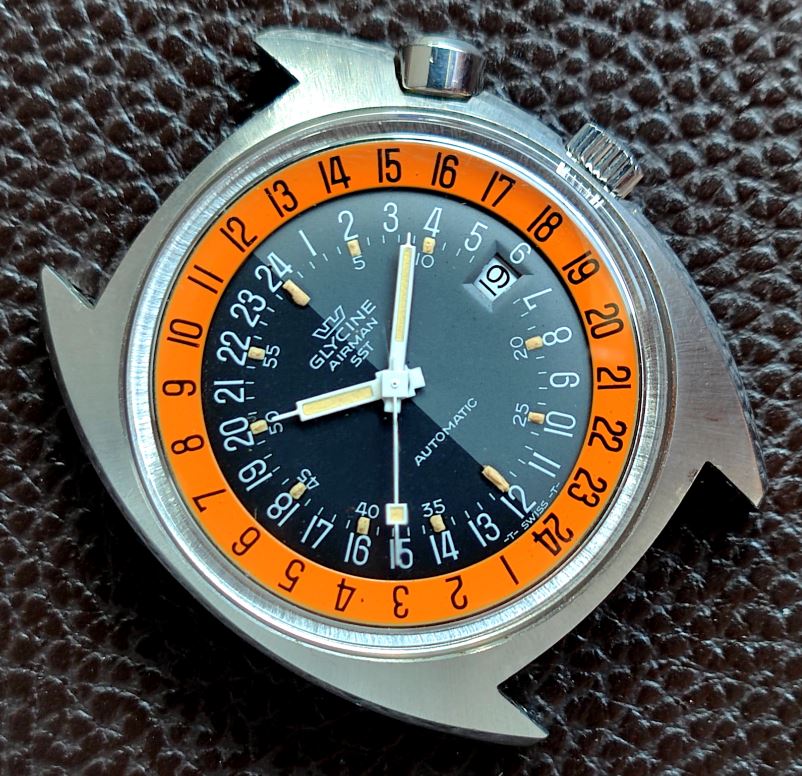
The magnificent and striking top case with matte polished lines could be described as Tourneau, ‘C’ or UFO shaped depending on who one met or when one started collecting. The presence of the watch with its oversized case, pumpkin orange insert, and striking matte two tone black and grey split AM/PM dial was symbolic of the bold designs appearing in the late 60’s and early 70’s. It is distinctly different to the design heritage of its 1953 popular GMT history making predecessor.

The SST’s rear end speaks ultimately to the correlation part given the time of the Pumpkin’s creation. The back features a detailed engraving of a Concorde, Boeing 2707, or Soviet Tupolev dominating with the letters SST.
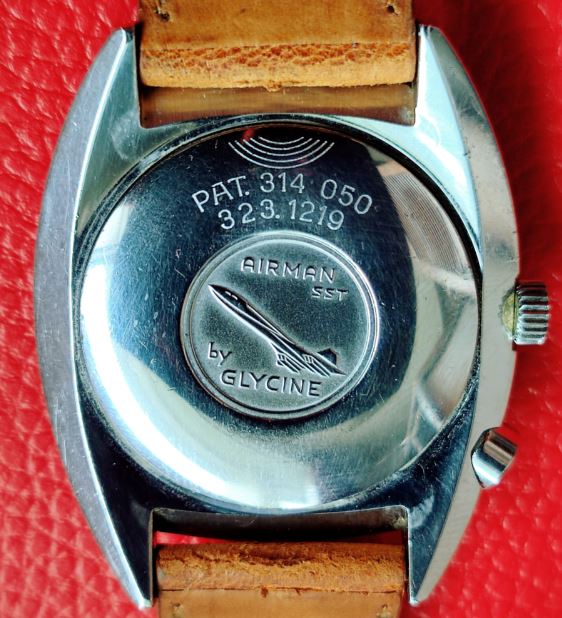
Whilst the plane has similarities to all three, world tensions at the time, and the heritage of the Airman predecessor likely points to the Boeing or the Bristol Aeroplane Company’s (BAC) Concorde. The SST brochure featured a picture of the Concorde within.
Moreover, the first Glycine Airman likely had creative input from the American Airforce given its popularity with the US forces in Vietnam post its arrival.
The engraved caseback takes on a charm of its own especially when taking into account the SST acronym, which stands for Super Sonic Transport. The era first started in the 1950’s with research programs initiated by America, Russia, France and the UK into supersonic passenger travel.
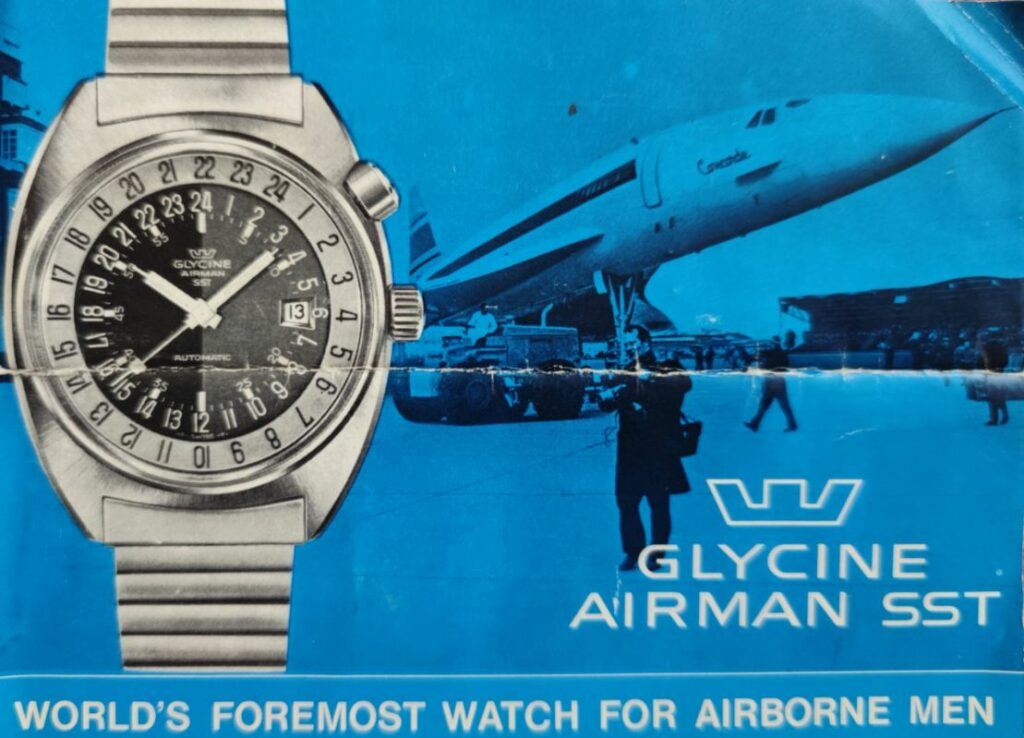
This era coincided just as first generation fighter aircraft were starting to enter service. The idea and vision was to make passenger travel possible at greater than the speed of sound – a noble and expensive cause if you’re an aircraft maker.
A report made January 9, 1961[1] by the Federal Aviation Agency with the assistance of DOD and NASA noted that US industry with government support was capable of building Mach 3 transport planes(2000m.p.h).
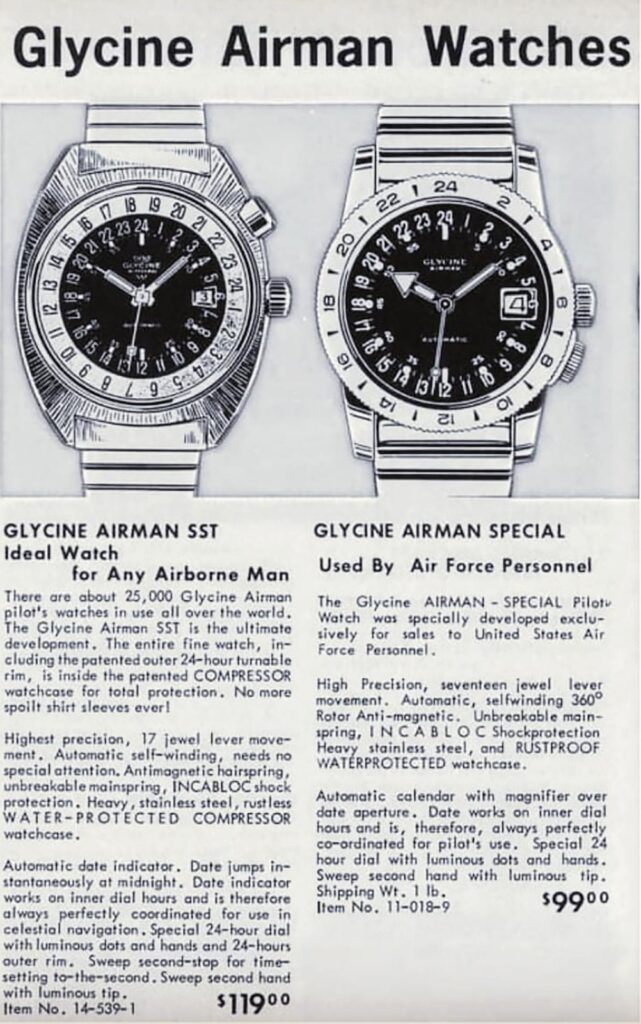
Newly appointed President Kennedy requested the incoming FAA head to develop a statement on national aviation goals with a review of safety, efficiency and recommendations for improvements of the country’s civil aviation industry and traffic. The report titled, Project Horizon was delivered just two months later on March 3, 1961.[2]
The American aerospace industry was particularly interested in supersonic transportation and spent years studying the designs and work of the competition. Boeing studied the feasibility of commercial supersonic transport with these ongoing ideas and vision. The Americans wanted to compete with the SST projects of other countries, namely the British-French Concorde consortium and the Russian Tupolev TU-144.
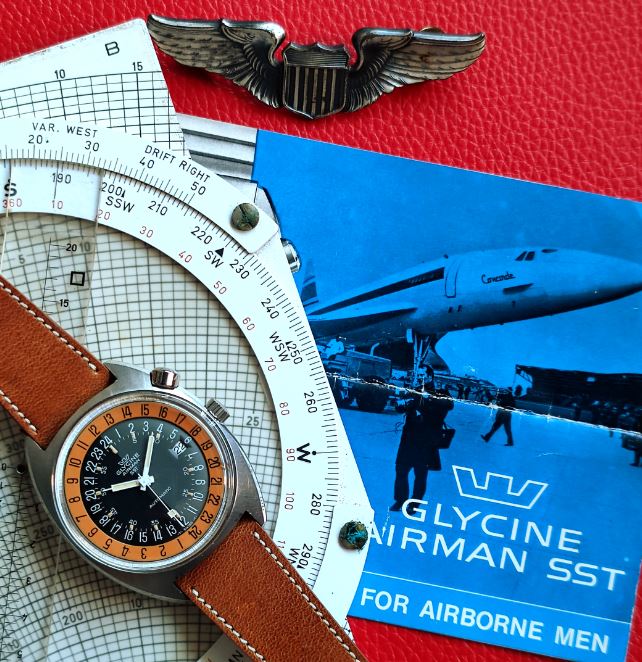
Whilst Kennedy did not live to see it, a lucrative contract was awarded by the federal government to Seattle based Boeing to build the prototype for the country’s first supersonic transport (SST) on 31 December, 1966.
Success came for the Russians first with their Tupolev Tu-144 which flew its maiden flight on December 31, 1968. It pipped the Concorde, a joint British-French consortium by two months with its first flight in 1969.
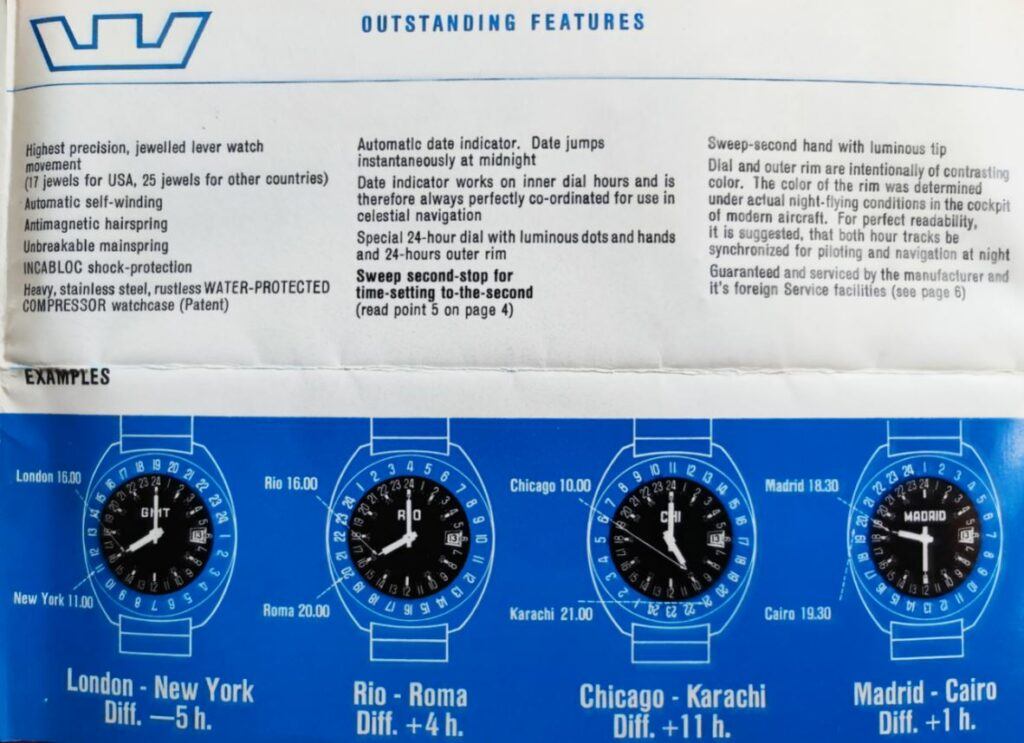
The supersonic Tu-144 received FAA approval in 1975 for commercial services a year before the famous Concorde which spent six plus years of modification and testing before the venture became an ongoing commercial service offering ongoing transatlantic services.
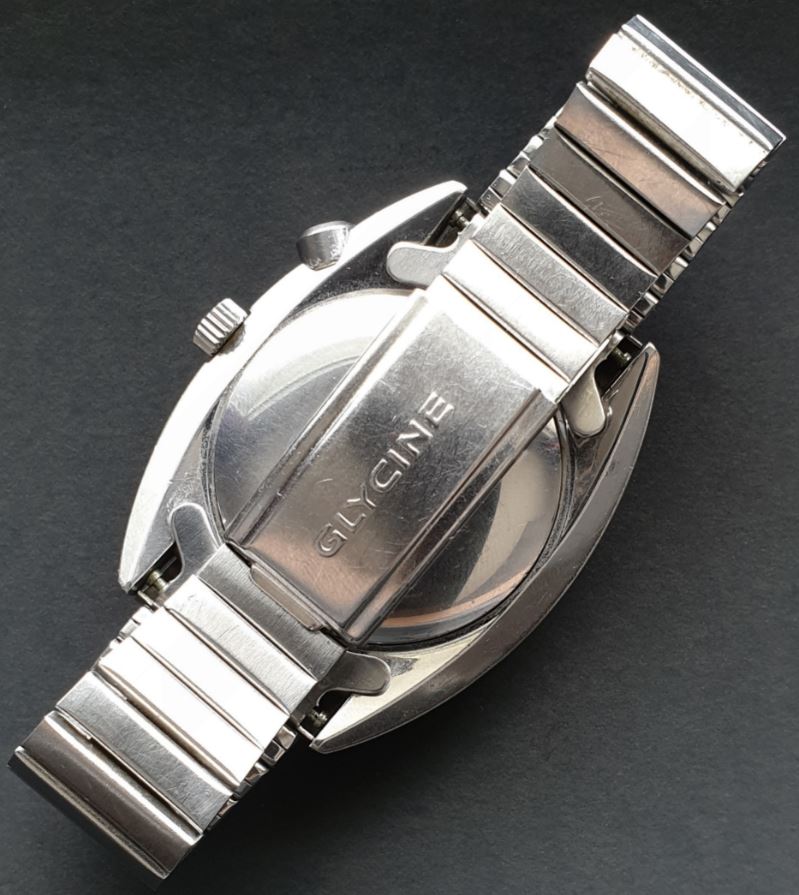
The Seattle plane maker delivered their SST, the Boeing 2707, with a swing-wing system in 1969 but predecessors were involved in a series of accidents, and it failed to gain Federal Aviation Administration approval. The Seattle maker’s failure was covered in a 1970 memo prepared for the Nixon administration’s ongoing consideration of the project, titled, “The Government’s Right to Terminate the Boeing SST Contract for Default.”[3] The Boeing project was scrapped in 1971.

As a result, the development of civil supersonic transport (SST) age ended before it really even began and the failure marked a turning point in aviation history and Seattle’s investment in supersonics. Similarly, the Concorde’s successes when flying at twice the speed of sound were offset by the lack of range and extreme operational costs negating any perceived windfall. Moreover, ongoing concerns from civil aviation authorities about noise and pollution left few hopes for a viable SST industry.
The romance of this remarkable SST era and the majestic Concorde perhaps best summarized with this statement. “Once through the doors of the ……Concorde, I knew I had entered into the rarified air of gods and kings.”[4]
Despite assorted failures, a market viable SST never waned completely. It encouraged other programs and in the decade post 1990, NASA and other aerospace companies packaged it in a different way and ran a renamed High-Speed Research program.
What happened to the fate of our Glycine Pumpkin SST in light of these events? Likely the development was cheaper than any aerospace R & D project by many multiples. The Airman SST production whilst small, survived eleven years using three A Schild upgraded wire hacking movements (cal 1903, 2063 and the 2163). Sadly the SST, along with the successor, a Pumpkin Valjoux 72 manual chronograph were cases of tragic timing and almost a case of built in obsolescence. They arrived in 1967 and the year following – the Russian Tupolev wind made the headlines.

However, the market was soon fixated on the arrival of automatic chronographs – Zenith’s El Primero, and the Project 99 syndicate varieties and the birth of digital watches.
Given aviation’s infancy, Eugène Meylan could never forsee the need for a Glycine Airman, nor a Pumpkin SST in his day. However, the 23-year-old creator of the La Chaux-du-fonds Glycine brand in 1914 would have been very proud, just like Charles Hertig Sr the man who took over Glycine in 1953.
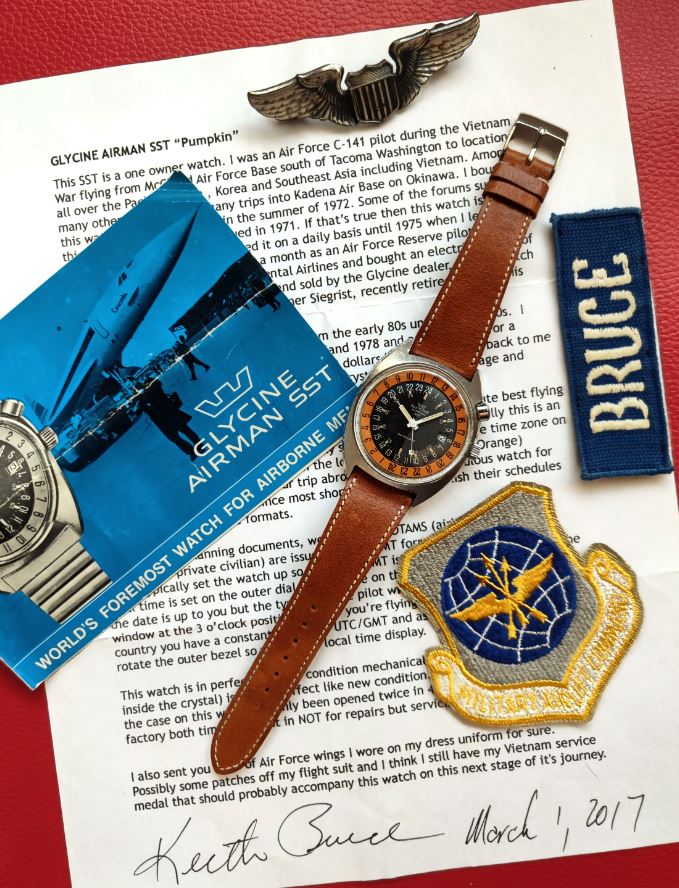
His most trusted employee, Samuel W. Glur wrote a letter from Calcutta in the same year noting a real pilot’s watch requirements that led to patent 314050. It created the world’s very first GMT wristwatch, the Glycine Airman, which pipped Rolex by a year.
Whilst the Pumpkin SST and chronograph were not commercial successes like their predecessor, all three Airman production combined cost much less, definitely flew more miles and were far more successful than all Boeing 2207 et al aerospace SST’s creations. Today, the original Airman, the Pumpkin SST and chronograph are all in rarified air just like the Concorde of days past.
[1] FAA History: 1961 | Aviation Impact Reform (aireform.com)
[2] FAA History: 1961 | Aviation Impact Reform (aireform.com)
[3] Memo Lists Boeing ‘Failures’ on SST – The New York Times (nytimes.com)
[4] Why The Concorde Was Discontinued and Why It Won’t Be Coming Back (museumofflight.org)
